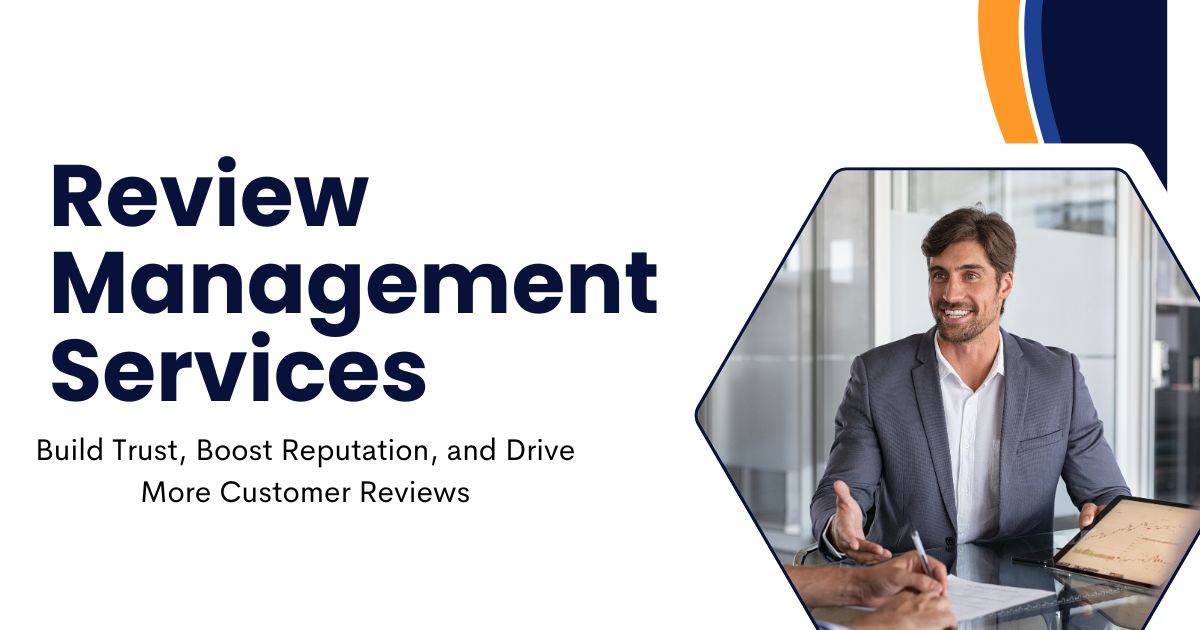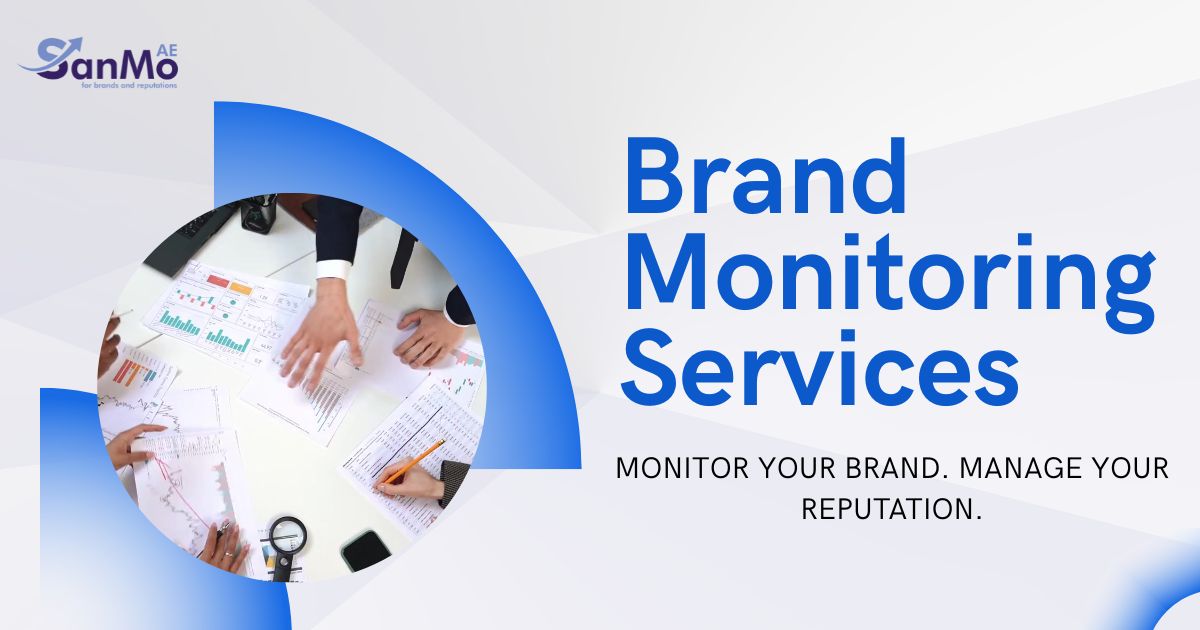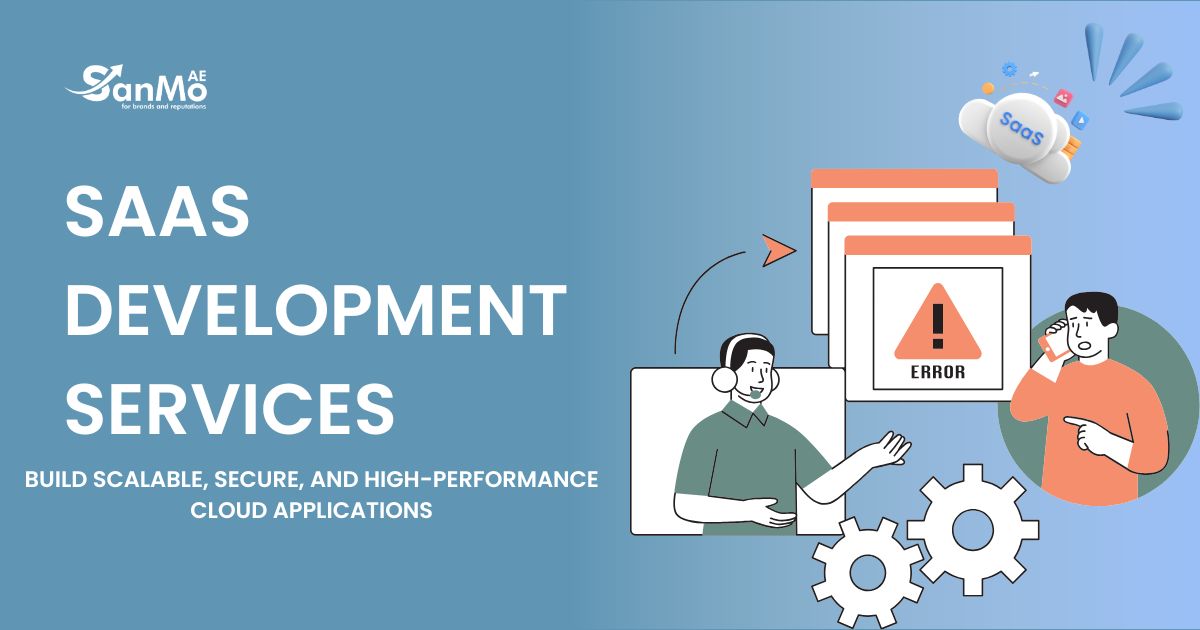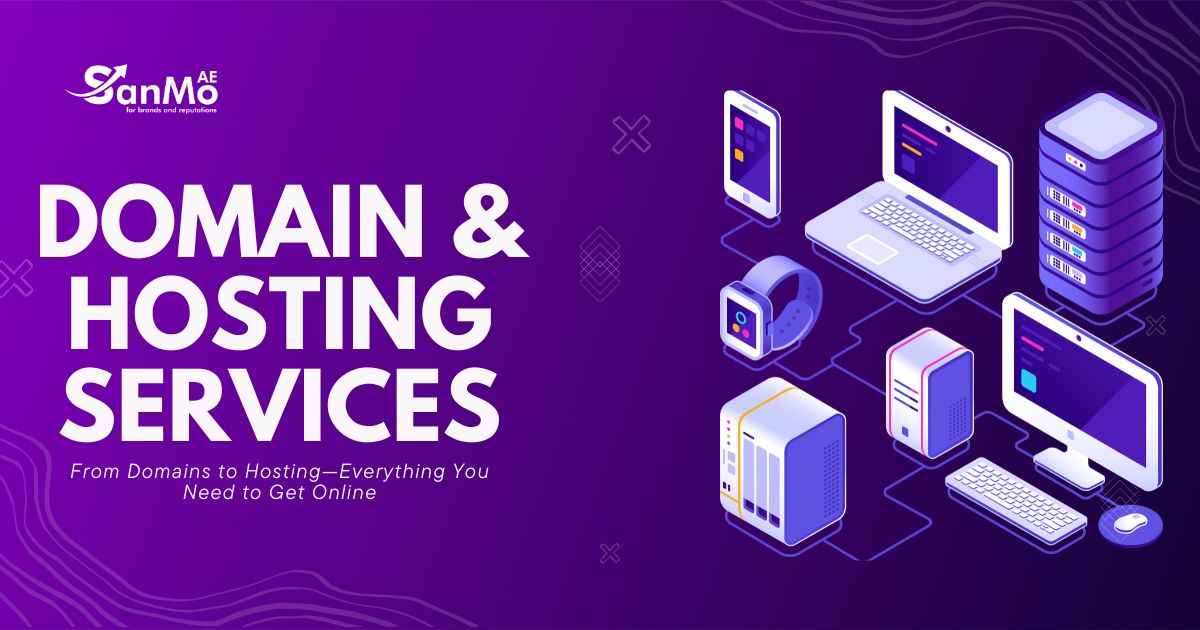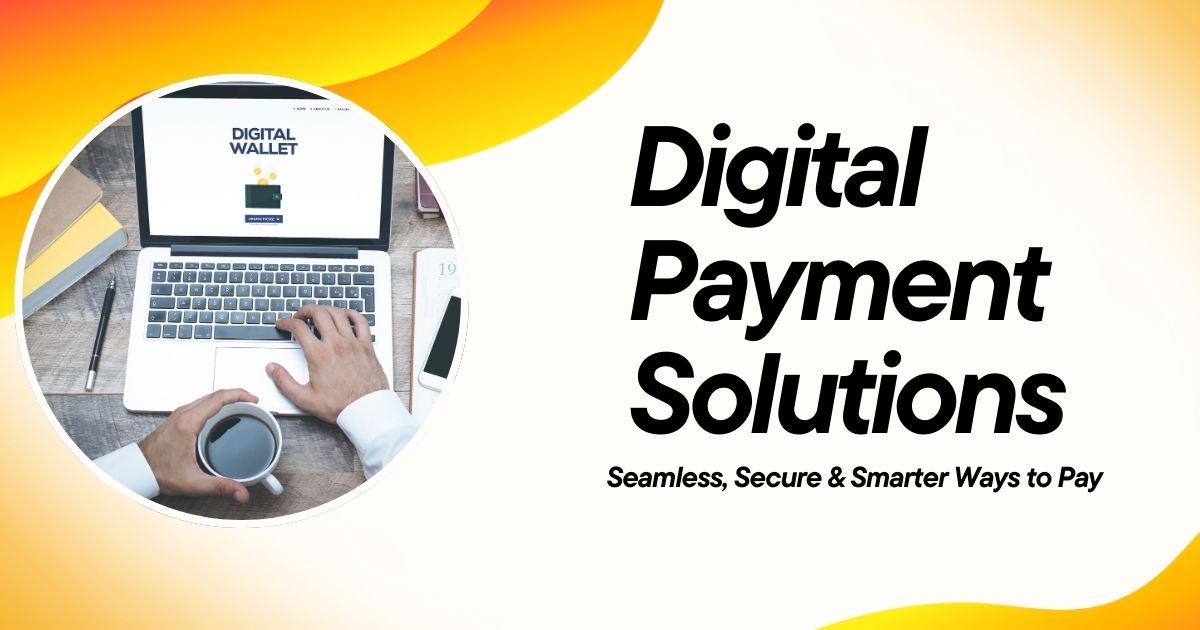Choosing the right payment gateway can make or break your online business. With customers expecting seamless, secure transactions across multiple channels, the payment processing solution you select directly impacts conversion rates, customer satisfaction, and your bottom line.
Payment gateway solutions serve as the digital bridge between your business and financial institutions, ensuring customer payment information travels securely from checkout to bank approval. But with dozens of providers offering different features, pricing models, and integration capabilities, finding the perfect fit requires careful consideration.
This comprehensive guide explores everything you need to know about payment gateway solutions, from core functionality to advanced features. You’ll discover how to evaluate providers, understand pricing structures, and implement the right solution for your specific business needs.
What Are Payment Gateway Solutions?
Payment gateway solutions are software services that authorize and process credit card, debit card, and digital wallet transactions for online and offline businesses. They act as intermediaries between your website or point-of-sale system and the customer’s bank, encrypting sensitive payment data and facilitating secure money transfers.
When a customer makes a purchase, the payment gateway captures their payment information, encrypts it, and sends it to the payment processor for authorization. Within seconds, the gateway receives approval or decline notifications and communicates the results back to your business and the customer.
Modern payment gateways handle multiple payment methods beyond traditional cards, including digital wallets like PayPal and Apple Pay, bank transfers, cryptocurrency, and buy-now-pay-later options. This versatility helps businesses cater to diverse customer preferences while maintaining security standards.
Key Features of Modern Payment Gateway Solutions
Security and Compliance
Payment Card Industry Data Security Standard (PCI DSS) compliance stands as the foundation of any reliable payment gateway. Top solutions employ advanced encryption protocols, tokenization, and fraud detection systems to protect sensitive customer data.
Multi-layer security features include SSL certificates, two-factor authentication, and real-time transaction monitoring. These safeguards help prevent data breaches while building customer trust in your payment process.
Multi-Channel Integration
Leading payment gateway solutions support seamless integration across online stores, mobile apps, and physical retail locations. This omnichannel capability ensures consistent payment experiences regardless of where customers choose to shop.
API documentation and pre-built plugins for popular e-commerce platforms like Shopify, WooCommerce, and Magento streamline implementation. Mobile-responsive checkout forms adapt automatically to different screen sizes and devices.
Global Payment Processing
International businesses benefit from payment gateways that support multiple currencies and local payment methods. Features like automatic currency conversion, regional compliance management, and localized checkout experiences help expand market reach.
Some solutions offer dynamic currency conversion, allowing customers to see prices in their preferred currency while you receive payments in your base currency.
Analytics and Reporting
Comprehensive reporting dashboards provide insights into transaction volumes, success rates, customer behavior patterns, and revenue trends. Real-time analytics help identify payment issues quickly and optimize checkout processes for better conversion rates.
Advanced solutions include cohort analysis, chargeback management tools, and customizable reports that integrate with business intelligence platforms.
Types of Payment Gateway Solutions
Hosted Payment Gateways
Hosted gateways redirect customers to the payment provider’s secure servers to complete transactions. While this approach reduces PCI compliance requirements for merchants, it can create a less seamless user experience due to page redirects.
PayPal Standard and Amazon Payments represent popular hosted solutions that many customers recognize and trust. Setup is typically straightforward, making these options attractive for small businesses and startups.
Self-Hosted Payment Gateways
Self-hosted solutions allow customers to complete payments without leaving your website. This approach provides better control over the user experience and can improve conversion rates by reducing checkout abandonment.
However, self-hosted gateways require higher security standards and full PCI DSS compliance since payment data passes through your servers.
API Payment Gateways
API-driven solutions offer maximum customization flexibility while maintaining security through tokenization. Developers can create fully branded checkout experiences while payment data travels directly to the gateway provider’s secure servers.
Stripe, Square, and Braintree excel in this category, offering extensive documentation and developer tools for custom implementations.
Choosing the Right Payment Gateway Solution
Assess Your Business Requirements
Start by evaluating your transaction volume, average order value, and growth projections. High-volume businesses often benefit from interchange-plus pricing models, while smaller operations might prefer flat-rate structures for predictable costs.
Consider your target markets and preferred payment methods. B2B companies might prioritize ACH transfers and invoice payments, while consumer businesses should support popular digital wallets and mobile payment options.
Evaluate Integration Capabilities
Review your existing technology stack to ensure compatibility with potential payment gateway solutions. Check for available plugins, APIs, and third-party integrations with your e-commerce platform, accounting software, and customer management systems.
Factor in development resources and timeline constraints. Some solutions offer plug-and-play setup, while others require custom development work.
Compare Pricing Models
Payment gateway pricing typically includes setup fees, monthly fees, per-transaction fees, and percentage-based processing fees. Calculate total costs based on your expected transaction volume and average order values.
Watch for hidden fees like chargeback fees, international transaction fees, currency conversion charges, and early termination penalties. Request detailed pricing sheets from potential providers.
Review Support and Documentation
Quality customer support becomes crucial when payment issues arise, as they directly impact revenue. Look for providers offering 24/7 support, dedicated account management, and comprehensive documentation.
Test support responsiveness during the evaluation process. Check online reviews and case studies to gauge other merchants’ experiences with technical support and issue resolution.
Implementation Best Practices
Plan Your Integration Strategy
Develop a detailed implementation plan that includes testing phases, backup procedures, and rollback plans. Start with a sandbox environment to test all payment scenarios before going live.
Coordinate with your development team, hosting provider, and payment gateway support to ensure smooth deployment. Set realistic timelines that account for security reviews and compliance requirements.
Optimize Checkout Experience
Design streamlined checkout flows that minimize form fields and reduce friction. Implement features like address auto-complete, saved payment methods, and guest checkout options to improve conversion rates.
Mobile optimization is essential since mobile commerce continues growing rapidly. Test checkout processes thoroughly across different devices and browsers.
Monitor Performance Metrics
Track key performance indicators like authorization rates, settlement times, and chargeback ratios. Set up alerts for unusual transaction patterns or technical issues that could impact revenue.
Regular monitoring helps identify optimization opportunities and ensures your payment gateway solution continues meeting business needs as you scale.
Future-Proofing Your Payment Strategy
Payment technology evolves rapidly, with new methods and regulations emerging regularly. Choose payment gateway solutions that demonstrate commitment to innovation and regulatory compliance.
Consider emerging trends like cryptocurrency payments, biometric authentication, and artificial intelligence-powered fraud detection. While not every trend will become mainstream, partnering with forward-thinking providers positions your business for future opportunities.
Making Your Payment Gateway Decision
Selecting the right payment gateway solution requires balancing functionality, cost, security, and user experience. Start by clearly defining your business requirements, then systematically evaluate potential providers against these criteria.
Take advantage of free trials and sandbox environments to test integrations and workflows before committing. Involve key stakeholders from technical, finance, and customer service teams in the decision process to ensure all perspectives are considered.
Remember that your payment gateway choice isn’t permanent. As your business evolves, you may need to reassess and potentially switch providers to better align with changing requirements and growth objectives.
As businesses expand their digital presence, especially in e-commerce and direct-to-consumer models, choosing the right payment gateway becomes a critical component of the customer experience. However, driving traffic to your checkout page is only half the equation. For companies leveraging social platforms to grow, our in-depth guide on Influencer Marketing Services explains how working with content creators can significantly increase visibility and conversions—making it even more important to have a payment system that’s fast, secure, and mobile-friendly.



